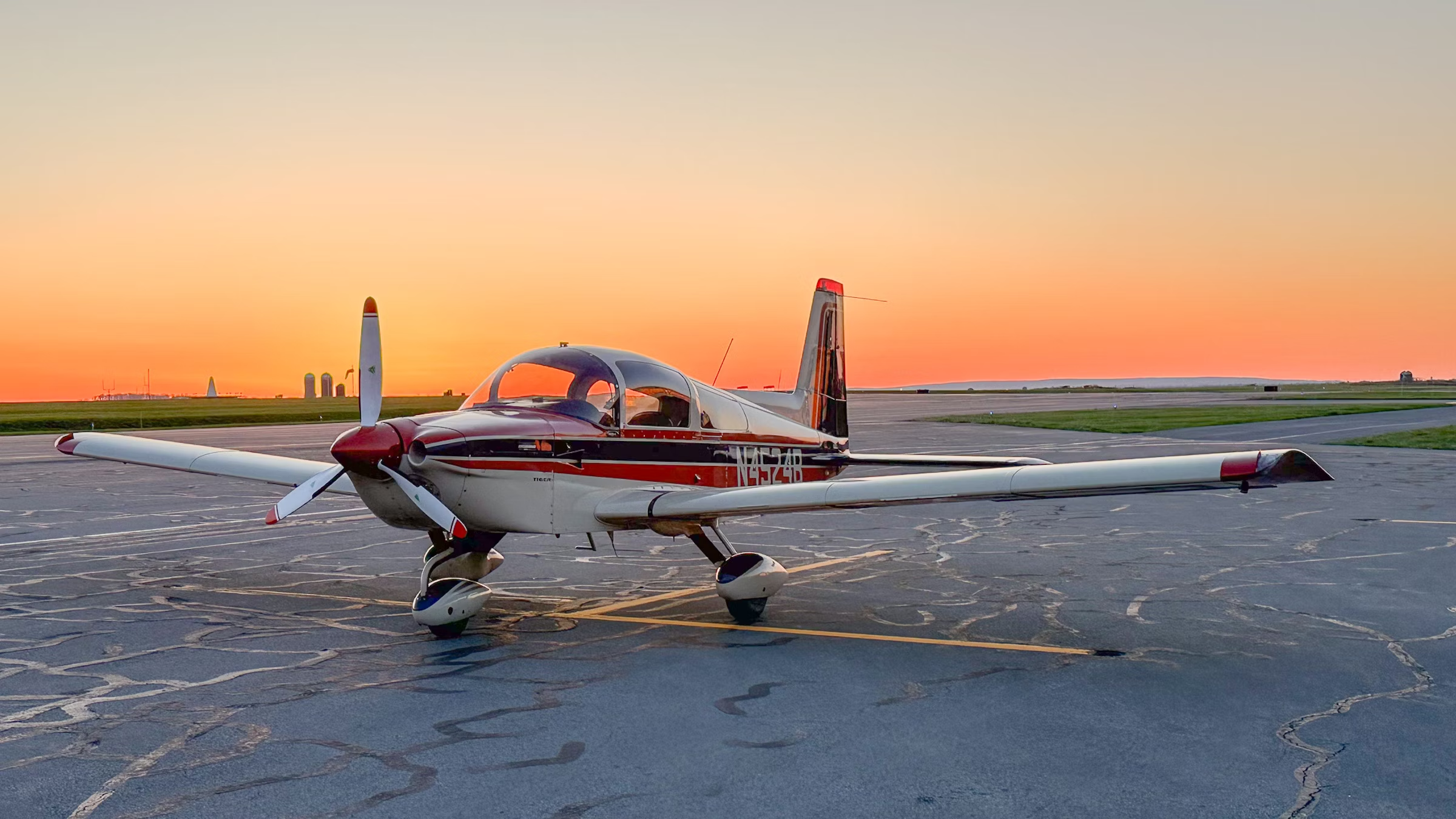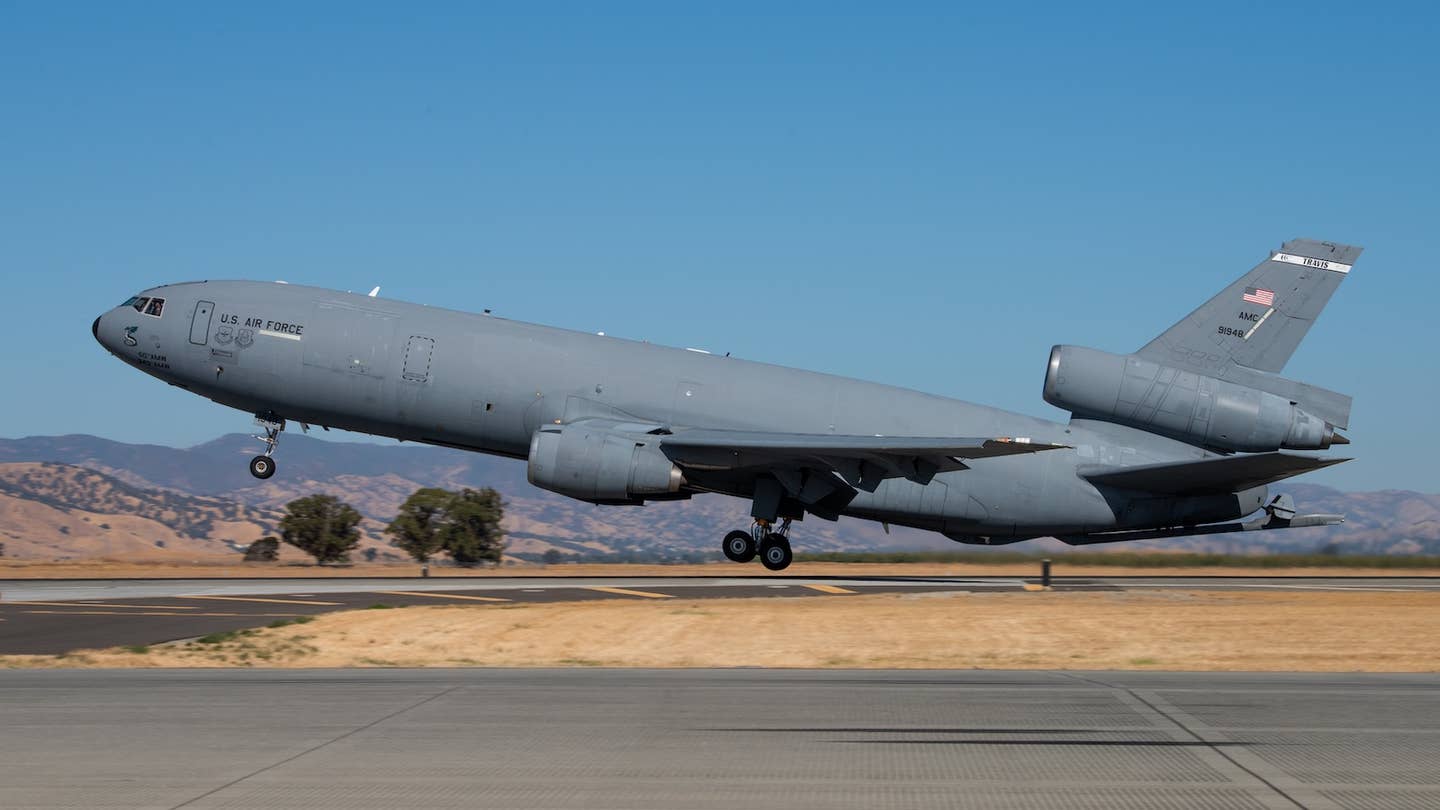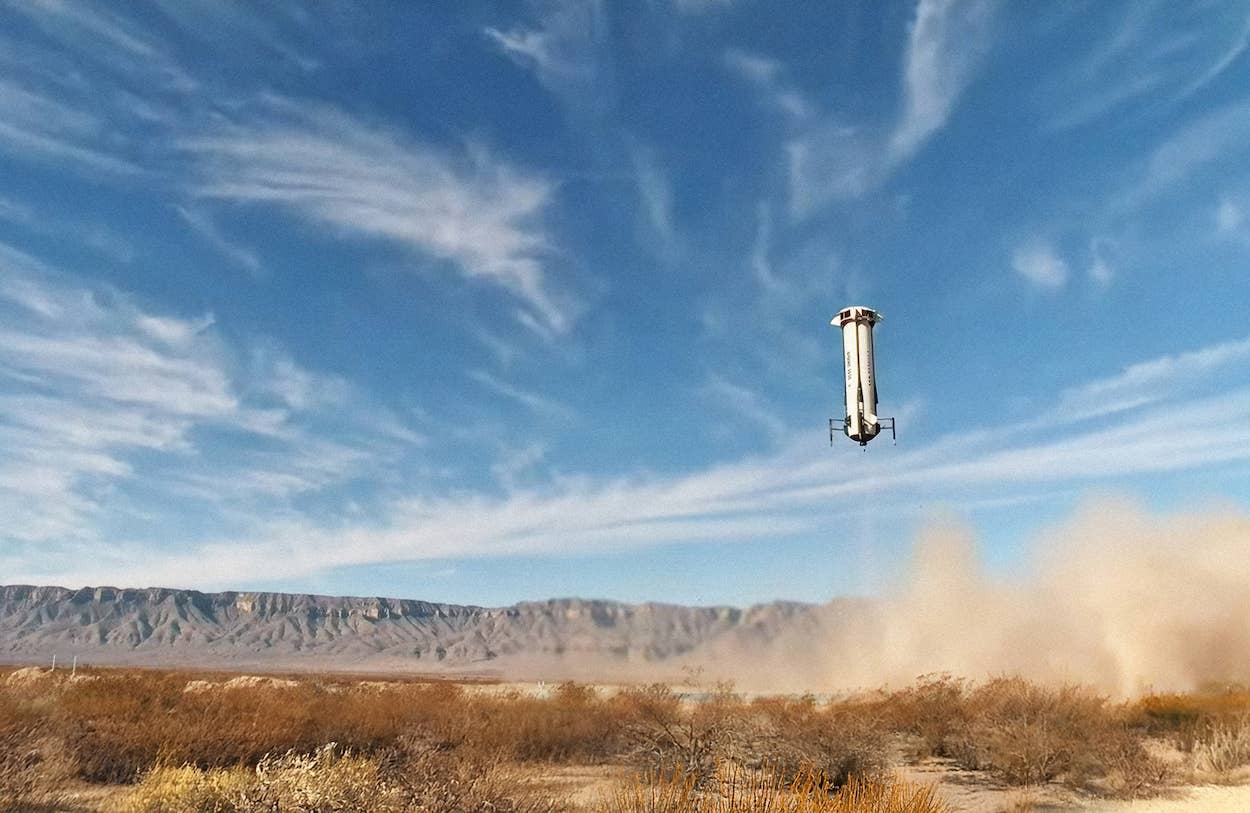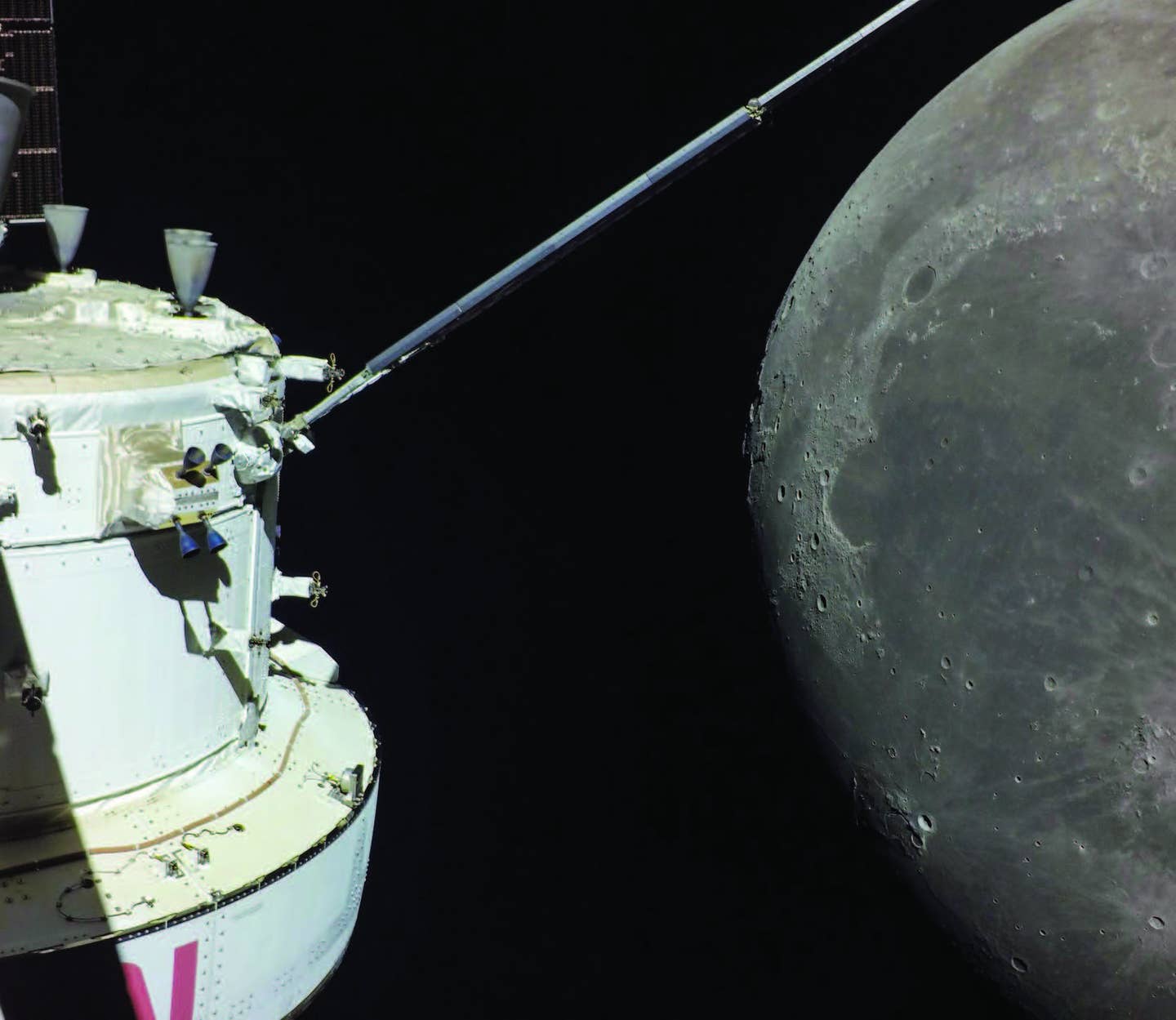XTI Lands Up to $55M to Develop VTOL Business Aircraft
The investment gives the company a post-sale valuation of about $275M as it works to develop its flagship TriFan 600.

A digital rendering depicts XTI Aerospace’s flagship TriFan 600 sitting on a helipad within a city. [Courtesy: XTI Aerospace]
XTI Aerospace, the developer of a fixed wing, vertical takeoff and landing (VTOL) business aircraft that it bills as a new category of vehicle—the vertical lift crossover airplane (VLCA)—has secured fresh funding to develop its flagship TriFan 600.
XTI on Monday announced it signed a capital distribution agreement with investor FC Imperial Limited worth as much as $55 million, giving the firm a post-money valuation of around $275 million should the transaction go through.
“Assuming the completion of the proposed investment, we believe the additional capital will help accelerate the development of the TriFan through several major milestones, including completion of the updated preliminary design review along with launching the critical design review phase in preparation for the assembly of XTI's Test Aircraft No. 1,” said Scott Pomeroy, chairman and CEO of XTI.
XTI, which is publicly traded on the Nasdaq, was borne out of a merger between manufacturer XTI Aircraft Company and Inpixon, a developer of real-time location systems. That transaction went through in March.
The company’s proprietary aircraft design has received patents in the U.S., Canada, Japan, China, and Europe. In 2019, a two-thirds scale prototype aircraft made its maiden voyage.
The TriFan design was inspired by the hummingbird using its wings to suspend itself in air while collecting nectar: fast, quiet, and able to hover. In the same way, the aircraft uses tilting fans to easily transition from hover to forward flight, much like the tiltrotors on the Bell Boeing V-22 Osprey or Leonardo AW609.
Unlike the cylindrical shape of most commercial airliners, the design takes the form of a bird in flight to provide lift, similar to the Boeing B-52 or Lockheed SR-71 Blackbird.
The TriFan seats a pilot and as many as six passengers. It can operate from a helipad, airport, or any “improved surface,” with no need for new infrastructure or airspace regulations.
Two massive ducted fans on either side of the aircraft’s fixed wing aid in hover and cruise flight, while a third rear fan—which stows during flight—provides power and stability during vertical takeoff. The fans are controlled using simple fly-by-wire controls and powered by a pair of turboshaft engines. The company says it will later switch to hybrid-electric and eventually full electric power to enable zero-emissions operations.
According to XTI, the aircraft’s 700 sm (600 nm) range from helipad to helipad—equivalent to the distance between Dallas and Denver or San Francisco and Portland, Oregon—is double that of most helicopters and seven times that of battery-only VTOL designs. It can also use its fans to perform a short takeoff and landing (STOL) from an airport runway for increased range (750 nm) and payload.
XTI says the TriFan’s 345 mph (300 knots) cruise speed is also twice that of a typical helicopter and will save passengers time compared to business jets and airliners. It will fly at around 25,000 feet and have a configurable fuselage for executive, commuter, and medical use cases.
At the same time, the aircraft is expected to be affordable. In 2021, XTI estimated that an eight-passenger TriFan configuration flying from Manhattan to John F. Kennedy International Airport (KJFK) would cost 80 cents per seat-mile, compared to $3.19 for the average eVTOL and $3 for the typical Uber ride.
The TriFan will be certified as a single-pilot design with IFR permissions, including flights in inclement weather. XTI is collaborating with AVX Aircraft Company on the aircraft’s design, development, and certification.
As of March, the company has a total of more than 700 conditional aircraft purchase agreements, non-binding deposit agreements, options, and letters of intent for the model.
Last month, regional airline Mesa Airlines, which works with United Airlines, placed a conditional preorder for up to 100 aircraft, the value of which XTI estimates at $1 billion. The firm also became an investor. The pending transaction represents one of the most significant so far for the young company.
Like this story? We think you'll also like the Future of FLYING newsletter sent every Thursday afternoon. Sign up now.

Sign-up for newsletters & special offers!
Get the latest FLYING stories & special offers delivered directly to your inbox






